Nestled in the picturesque village of Firle, East Sussex, from the outside Charleston looks like a traditional English farmhouse. However, its highly distinctive hand painted interiors reveal its past as the focal point of The Bloomsbury Group, led by the artists Vanessa Bell and Duncan Grant.
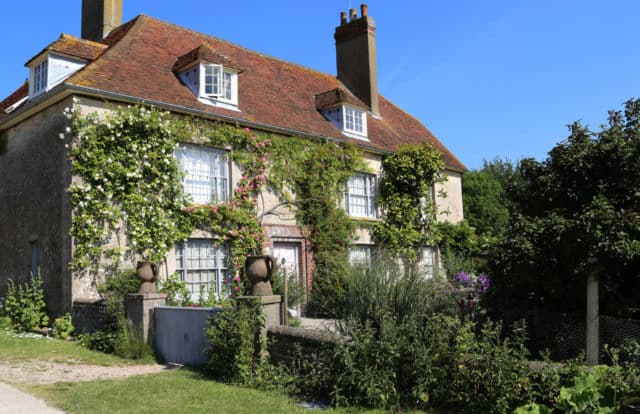

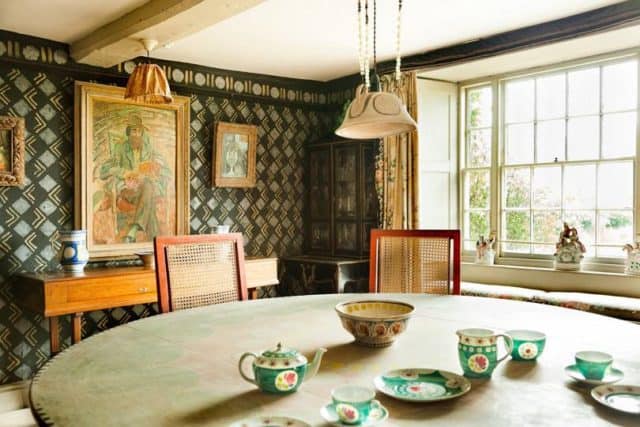

Charleston is now a museum and its iconic interiors continue to inspire visitors, artists and designers today. The estate has recently undergone a large expansion; a brand new exhibition building and events space are playing host to a varied programme of events. Charleston’s first exhibition in its new gallery is ‘Orlando at the Present Time’, which will celebrate artistic responses to Virginia Woolf’s landmark novel Orlando: A Biography, 90 years after its publication. The new building has been designed with accessibility in mind; even floors, wide doorways and step-free access.
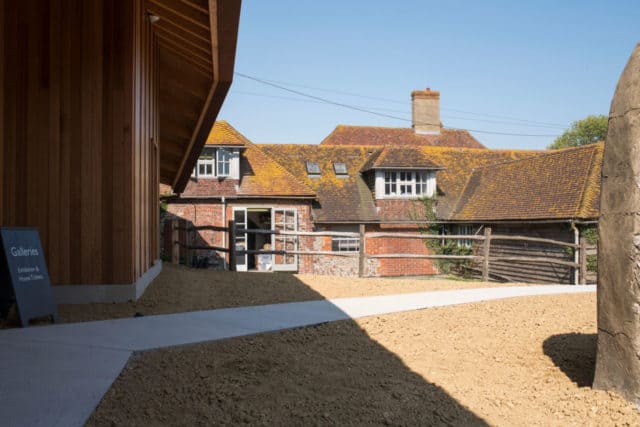

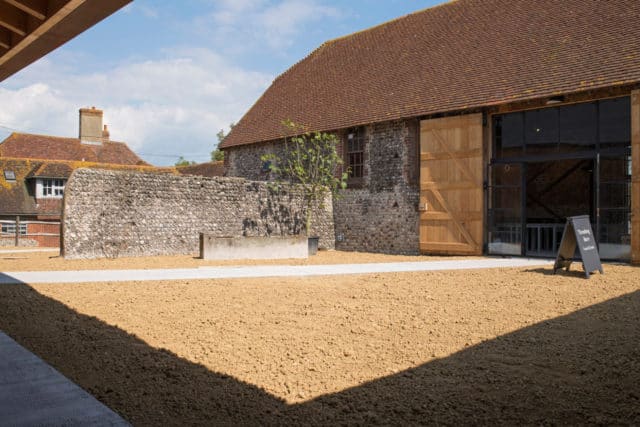
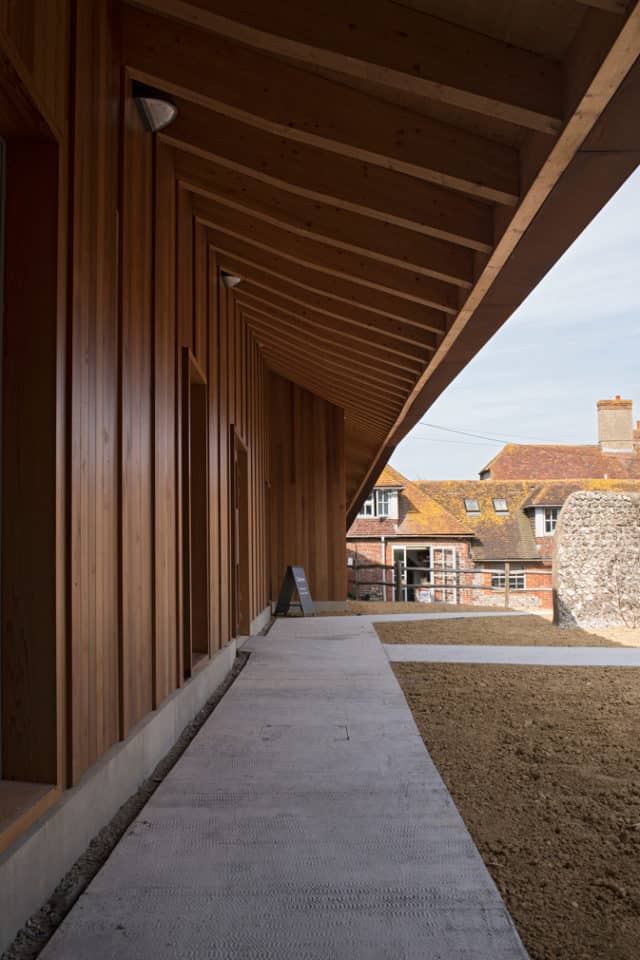
The accompanying mini festival, ‘Orlando Reawakened’, features a series of talks, film screenings, performances and workshops, and will be held in the events space. In spite of its age, the converted eighteenth century barn has also been designed with accessibility in mind. The auditorium has dedicated spaces at the front for disabled guests, so be sure to let them know when you book!
There are ongoing creative workshops in a newly refurbished studio space in one of the barns, including drawing classes, stained glass and wood block printing – all suitable for beginners. Charleston told BBS that these new facilities are step-free, well lit and fully accessible, and they will make necessary adjustments to accommodate disabled class attendees – again, it’s a good idea to contact them before you book so that you can discuss your needs.
The café and shop are fully accessible with ramped entrances. If any BBS readers have dined at the Threshing Barn restaurant, please let us know about your experience! Charleston have sent BBS some photographs of the large new disabled loo which is in the restaurant. There’s an older disabled toilet in the farmhouse, and I’m waiting to hear back from Charleston for details – watch this space
The website has an Access page with detailed info on the accessibility of the house and gardens. Unfortunately there is no information on the accessibility of the new buildings and events; I called them up to ask about the new facilities and they were very helpful.
The farmhouse itself has very limited accessibility. The ground floor of the house is accessible to wheelchairs with dimensions less than 115cm (L) X 65cm (W) / 45″ (L) X 25″ (W), but the first floor has NO step-free access. Charleston has two visitor wheelchairs which can be reserved in advance or booked on the day; I’d recommend reserving in advance to avoid disappointment! For visitors with restricted mobility, Charleston offers Garden and ground floor only tickets for the House. Here’s some more useful access info from the website:
For ambulant disabled visitors, there are thirteen steps to the first floor with a 90 degree turn on the 10th step, with handrail on the left side ascending. Each room has one chair for visitors to use and shooting sticks are available to borrow.
The Garden and grounds are partially accessible with pathways and viewing points made from bound earth with lime and gravel. Due to the historic nature of the Garden design, some pathways are narrow and irregular and the ground can be uneven.
Disabled parking spaces are available approximately 50 metres from the House entrance.
Mobility scooters can be used in the gardens, shop and cafe, but they usually exceed the dimensions we can accommodate for use in the house.
Hearing loops are fitted throughout the estate – including for use in the new auditorium – but must be reserved in advance of your visit.
For disabled visitors who would otherwise not be able to visit without a carer or companion, we offer the opportunity to bring a companion or carer for free.
(This information would be much better described by a BBS Access Gallery!!! ED.)
So is Charleston, as the website states, “a living experience for all”? In terms of its innovative new buildings and exciting events programme, The Charleston Trust have improved access in thoughtful, modern ways, and staff seem knowledgable and able to accommodate a range of disabilities. The iconic farmhouse’s limited accessibility is a real shame, as many guests will inevitably miss out on the full Charleston experience. I don’t think the Trust is willing to introduce step-free access and wider doorways to the seventeenth century building any time soon! We’re therefore giving Charleston 2 BBS ticks for style and accessibility.

